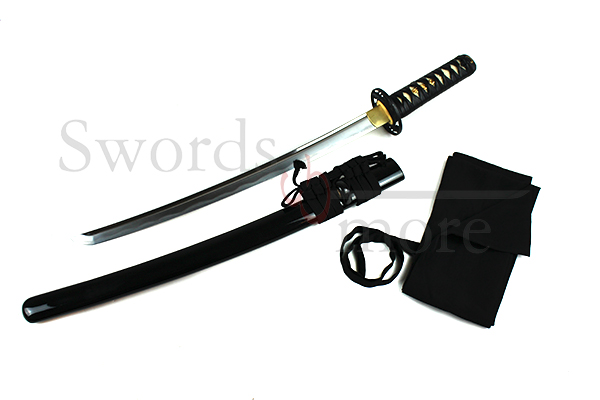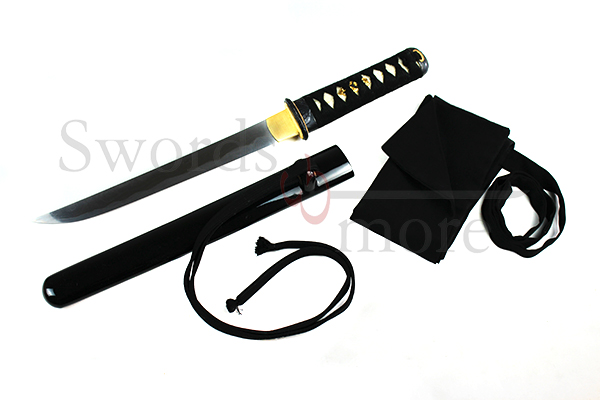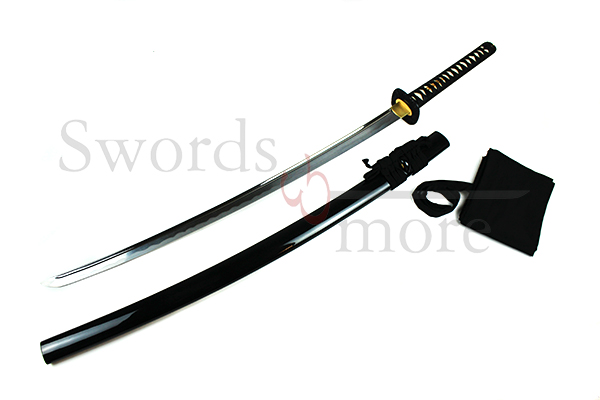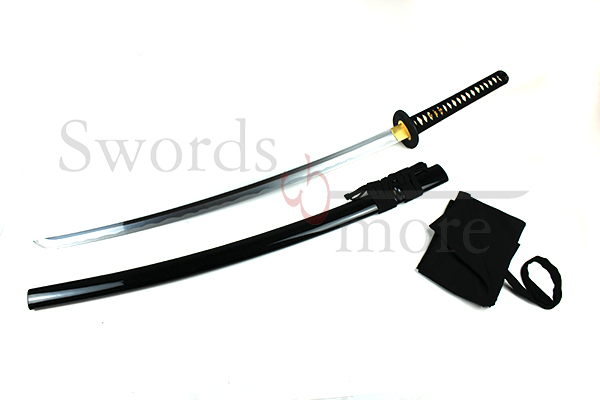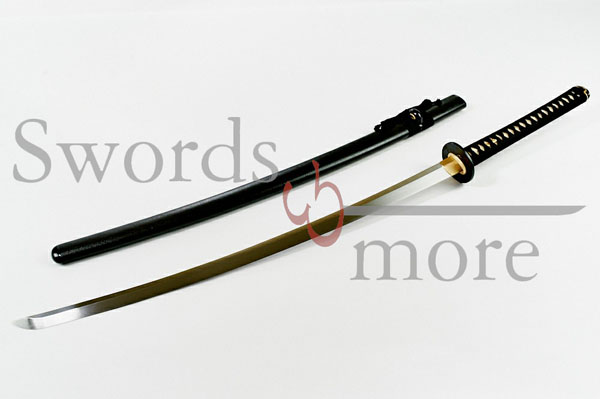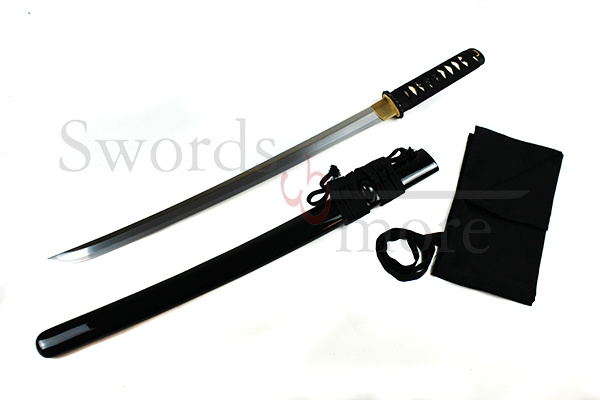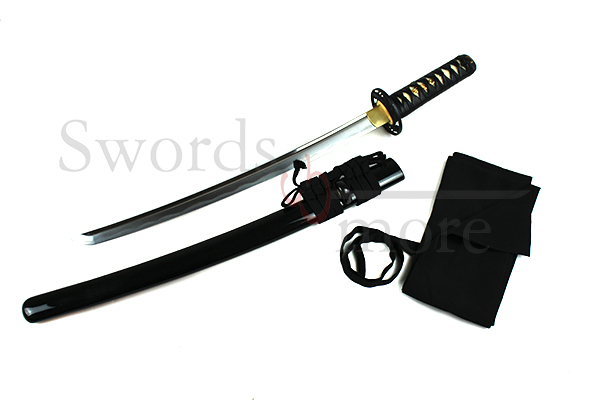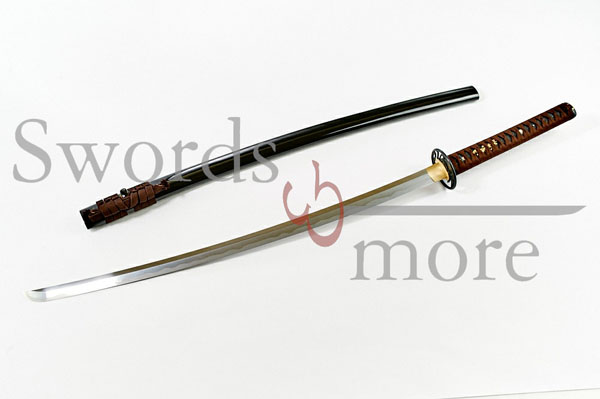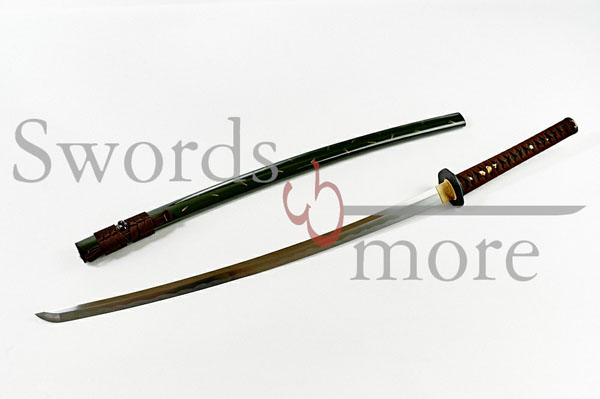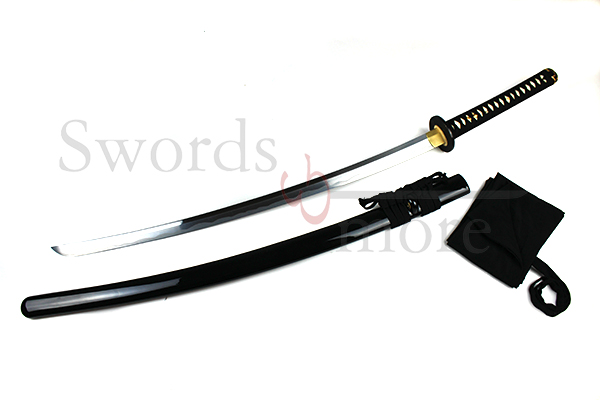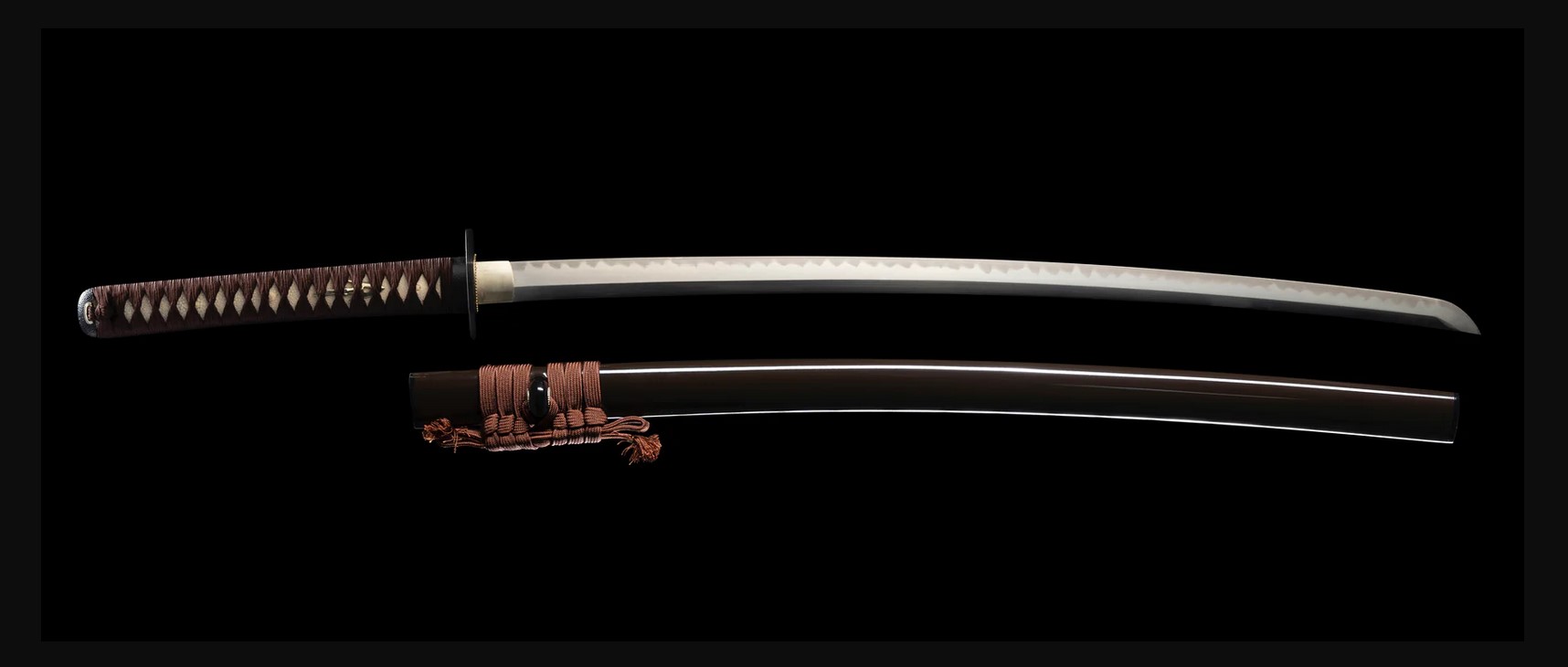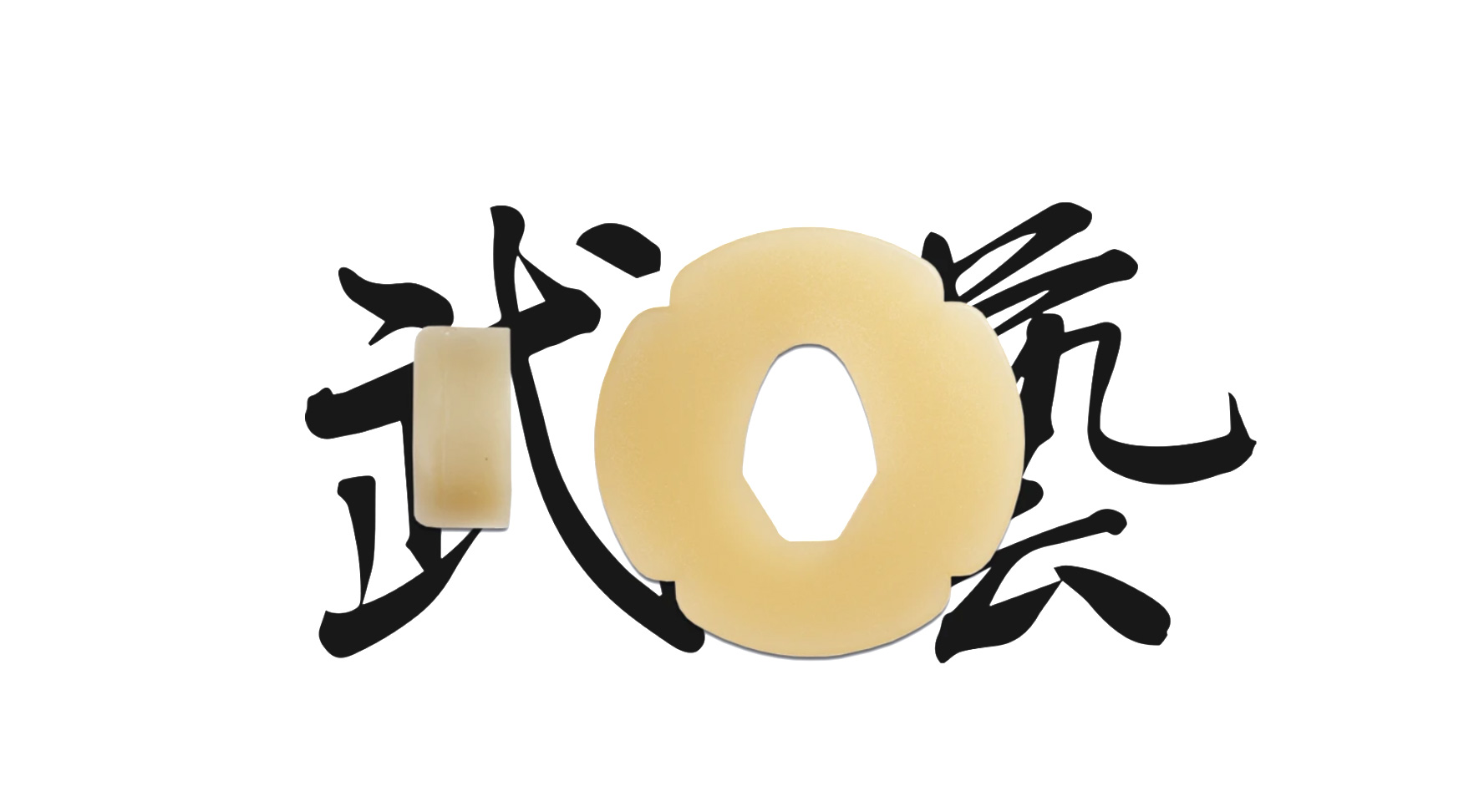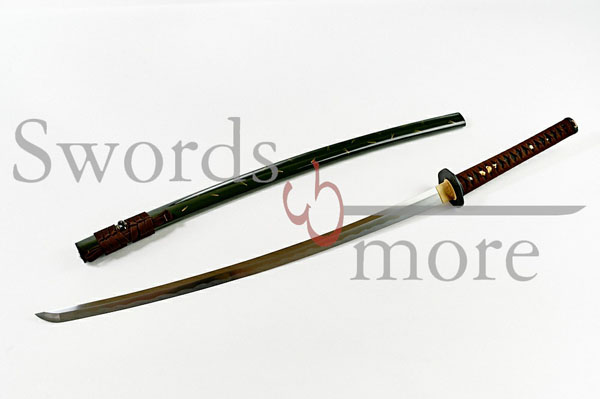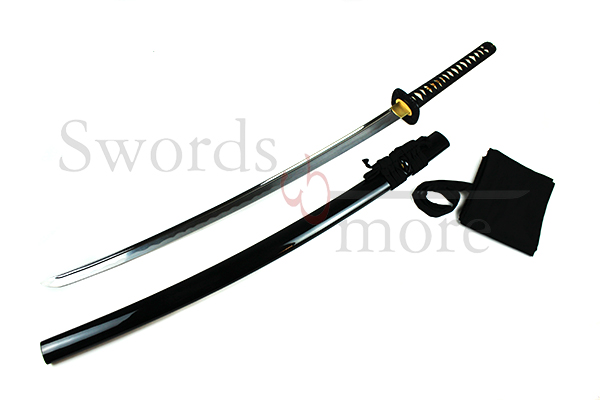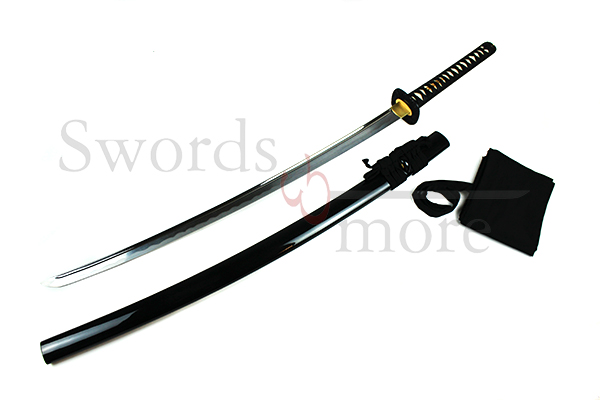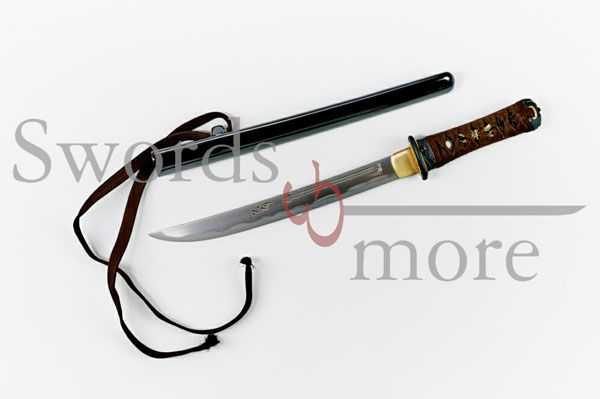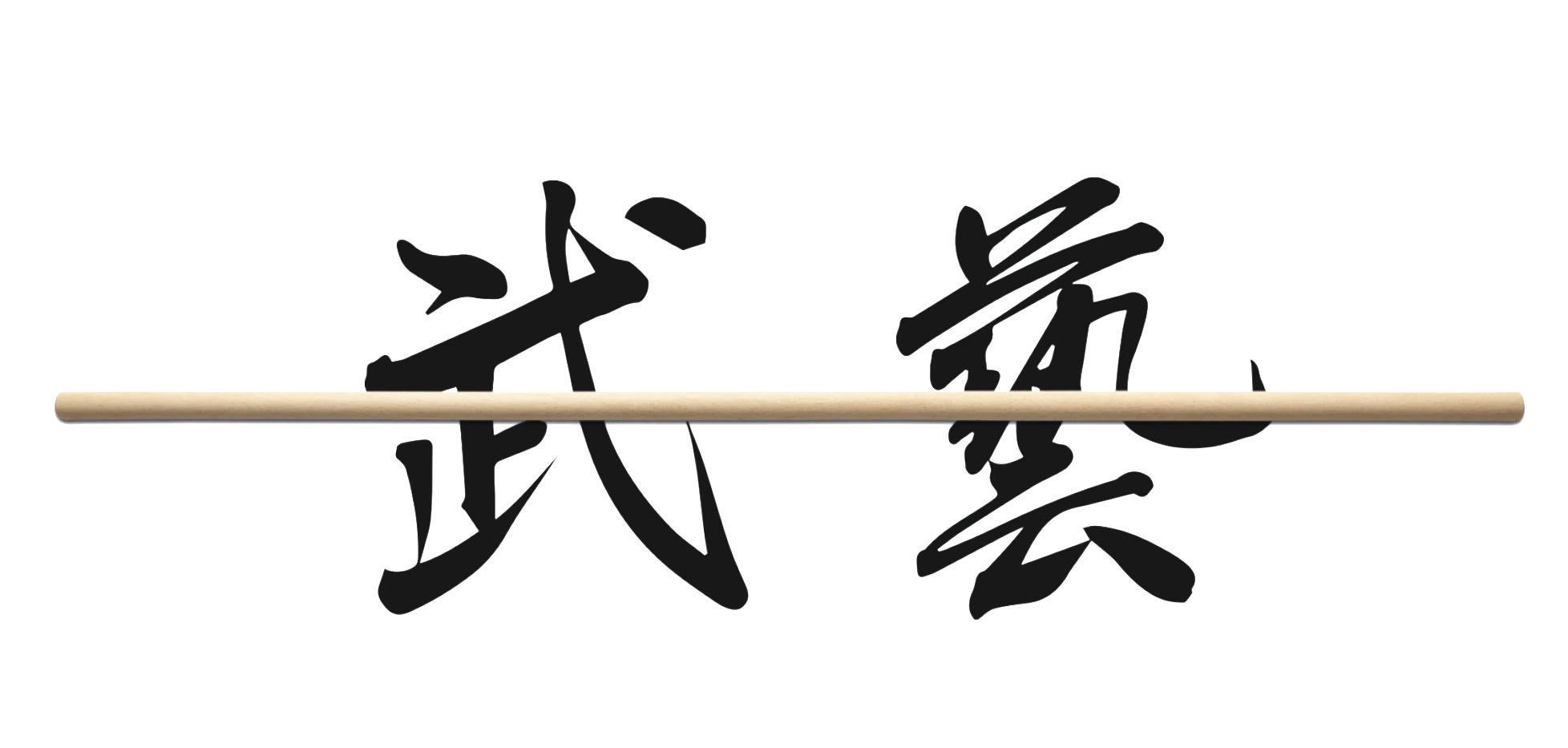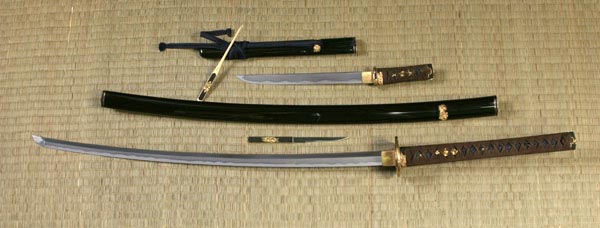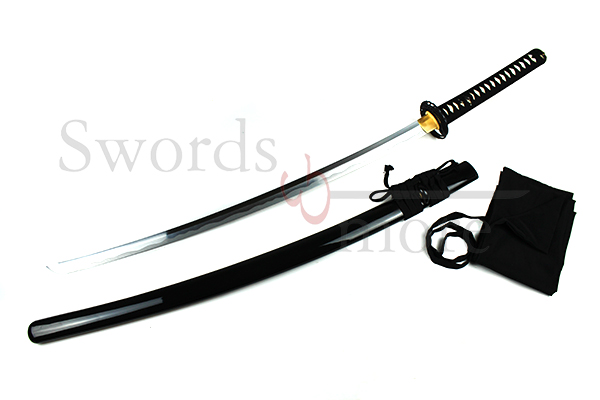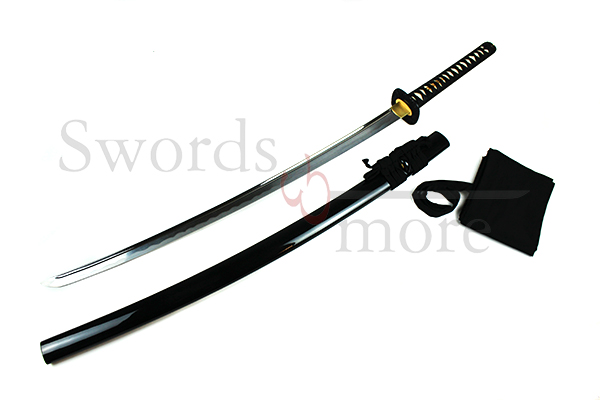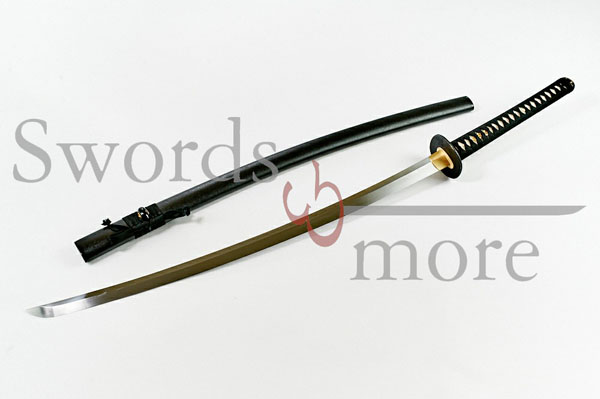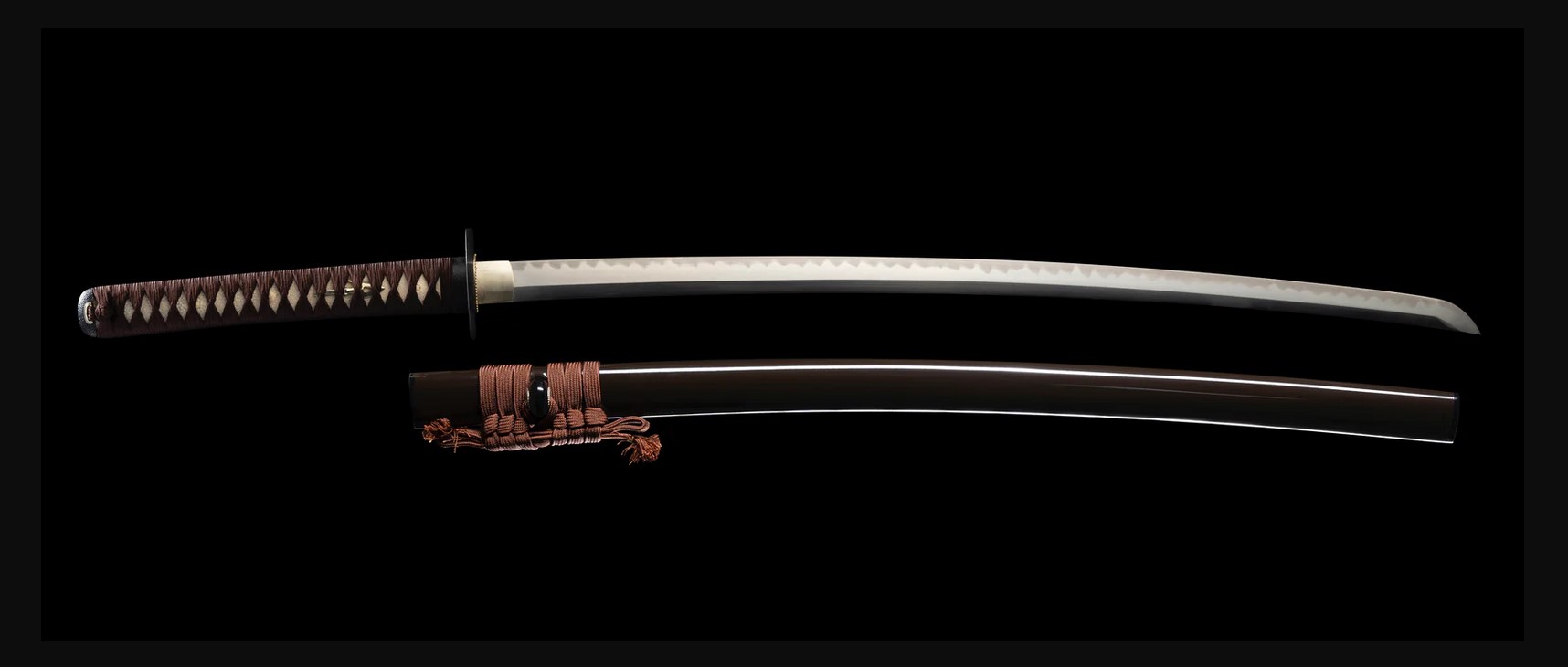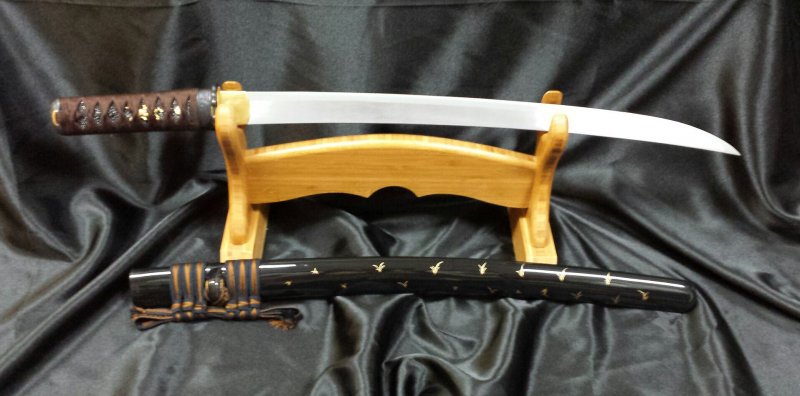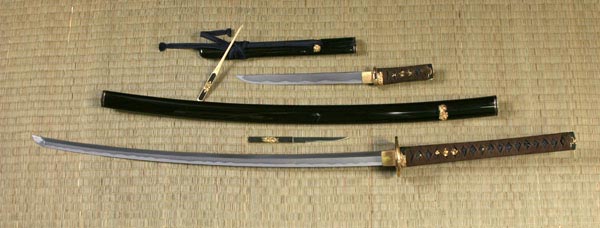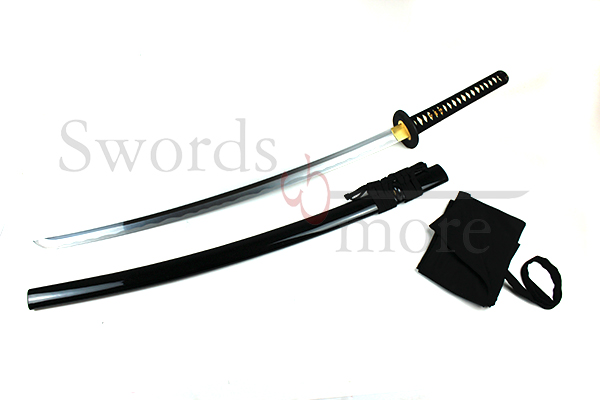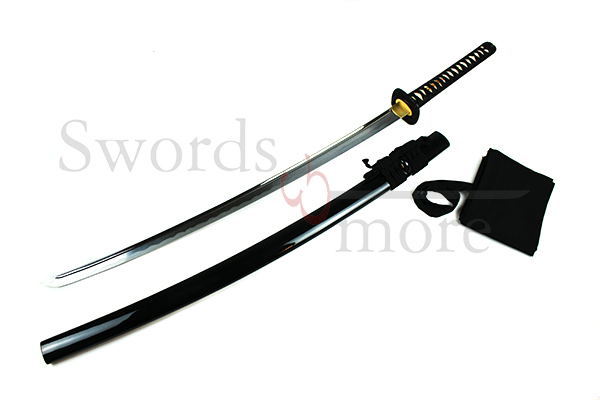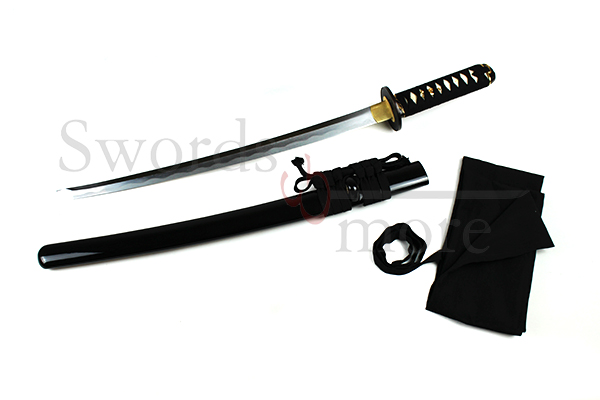
Bugei is a renowned brand for high-quality, authentic Japanese swords (Katana), designed specifically for collectors, martial artists, and sword fighters. These hand-forged blades are known for their masterful craftsmanship, traditional techniques, and exceptional quality. Each sword is meticulously crafted, offering the perfect balance of aesthetics and functionality.
At Swords-and-more, you’ll find an exclusive selection of Bugei swords, ideal for Iaido, Kenjutsu, and practical sword combat. Experience the perfection of Japanese sword craftsmanship!
Bugei
this item is in stock
this item is in stock
this item is in stock
this item is in stock
this item is in stock
this item is in stock
this item is in stock
Item is in field warehouse, long distance shipping.
Item is normally available in about 10-12 weeks.
Item is normally available in about 10-12 weeks.
Item is normally available in about 10-12 weeks.
Item is normally available in about 10-12 weeks.
Item is normally available in about 10-12 weeks.
Item is normally available in about 10-12 weeks.
Item is normally available in about 10-12 weeks.
Item is normally available in about 10-12 weeks.
Item is normally available in about 10-12 weeks.
Item is normally available in about 10-12 weeks.
Item is normally available in about 10-12 weeks.
Item is in field warehouse, long distance shipping.
Item is normally available in about 10-12 weeks.
Item is normally available in about 10-12 weeks.
Item is normally available in about 10-12 weeks.
Im Außenlager, Langstreckenversand - in 12-14 Tagen bei Dir zu Hause
Item is in field warehouse, long distance shipping.
Item is normally available in about 10-12 weeks.
Item is normally available in about 10-12 weeks.
Item is normally available in about 10-12 weeks.
Item is normally available in about 10-12 weeks.
Item is normally available in about 10-12 weeks.
Dieser Artikel hat eine Lieferfrist von ca. 10-12 Wochen.
Item is normally available in about 10-12 weeks.
Item is normally available in about 10-12 weeks.
Item is normally available in about 10-12 weeks.
Item is normally available in about 10-12 weeks.
Dieser Artikel hat eine Lieferfrist von ca. 10-12 Wochen.
Item is normally available in about 10-12 weeks.
Item is normally available in about 10-12 weeks.
Item is normally available in about 10-12 weeks.
Dieser Artikel hat eine Lieferfrist von ca. 10-12 Wochen.
Item is normally available in about 10-12 weeks.
Item is in field warehouse, long distance shipping.
Item is normally available in about 10-12 weeks.
Item is in field warehouse, long distance shipping.
Item is normally available in about 10-12 weeks.
Item is normally available in about 10-12 weeks.
Item is normally available in about 10-12 weeks.
Item is normally available in about 10-12 weeks.
Item is normally available in about 10-12 weeks.
Item is normally available in about 10-12 weeks.
Item is normally available in about 10-12 weeks.
Item is normally available in about 10-12 weeks.
Item is normally available in about 10-12 weeks.
Item is normally available in about 10-12 weeks.
Item is normally available in about 10-12 weeks.
Item is normally available in about 10-12 weeks.
Item is normally available in about 10-12 weeks.
Item is normally available in about 10-12 weeks.
Item is in field warehouse, long distance shipping.
Item is normally available in about 10-12 weeks.
Item is normally available in about 10-12 weeks.
Item is normally available in about 10-12 weeks.
Item is normally available in about 10-12 weeks.
Item is normally available in about 10-12 weeks.
Item is normally available in about 10-12 weeks.
Dieser Artikel hat eine Lieferfrist von ca. 10-12 Wochen.
Dieser Artikel hat eine Lieferfrist von ca. 10-12 Wochen.
Item is normally available in about 10-12 weeks.
Item is normally available in about 10-12 weeks.
Item is normally available in about 10-12 weeks.

